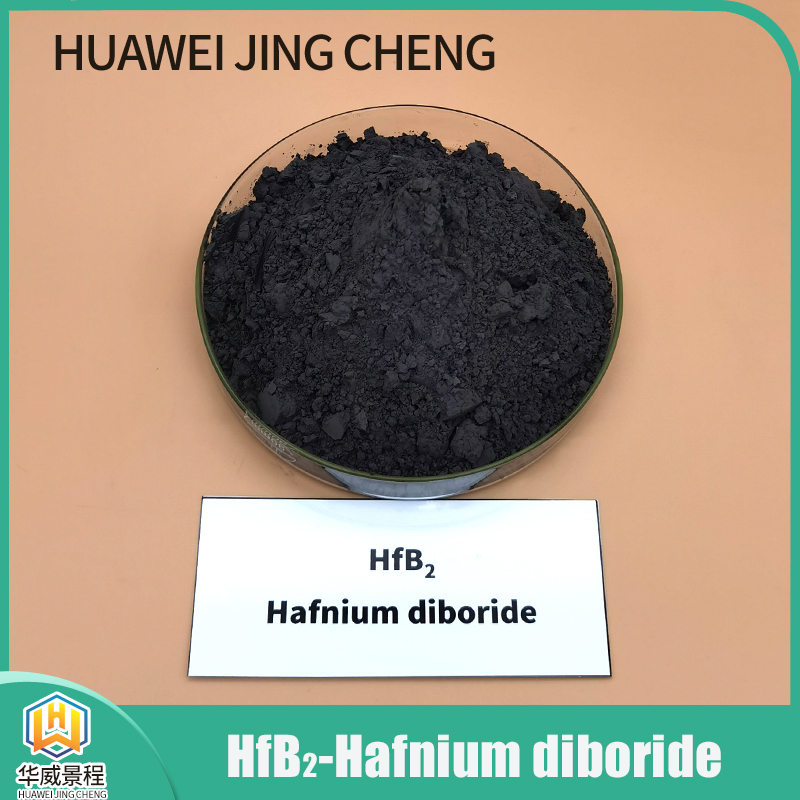Modern aircraft such as spacecraft, artificial satellites, rockets, missiles, and supersonic aircraft are developing in the direction of high speed, high altitude, high thrust, long distance, high accuracy and safety, and the demand for ultra-high temperature materials is becoming more and more urgent. Ultra-high temperature ceramics include multi-component composite ceramic materials composed of high melting point borides, carbides and oxides, such as: HfB2, ZrB2, HfC, HfN, etc. Extreme environments such as atmospheric reentry, transatmospheric flight, and rocket propulsion systems. Among them, hafnium diboride has good high temperature mechanical properties and oxidation resistance. Its melting point is 3250 °C. When used in the atmosphere of 2000 °C-2200 °C, its oxidation resistance is 10 times greater than that of ZrB2.
Single-phase HfB2 has good oxidation resistance below 1200 °C, which is due to the formation of a viscous fluid B2O3 glass phase during the oxidation process, which plays a good role in oxidation protection. The oxidation resistance of HB2 has a great relationship with temperature. It is oxidized below 1100 °C to form liquid B2O3 glass, which has excellent oxidation resistance; above 1100 °C, B2O3 evaporates faster, which greatly reduces the oxygen blocking efficiency and the oxidation resistance performance. Above 1400℃, the evaporation rate of B2O3 is faster, and the evaporation rate of B2O3 is comparable to the rate of B2O3 generated by oxidation. When the temperature is close to the melting point of B2O3 (860°C), there are many large pores in the oxide film, indicating that the internal pressure in the film is large. Large pores and defects become the channels for oxygen to enter, and the anti-oxidation performance drops sharply, and oxidation is prone to occur. Oxidation produces gaseous by-products that exacerbate pores and defects in the oxide film.Therefore, when HB2 is used above 1800 °C, filler modification must be carried out to improve the antioxidant performance. Adding SiC can improve the oxidation resistance of HfB2 at 1300~1500℃.
